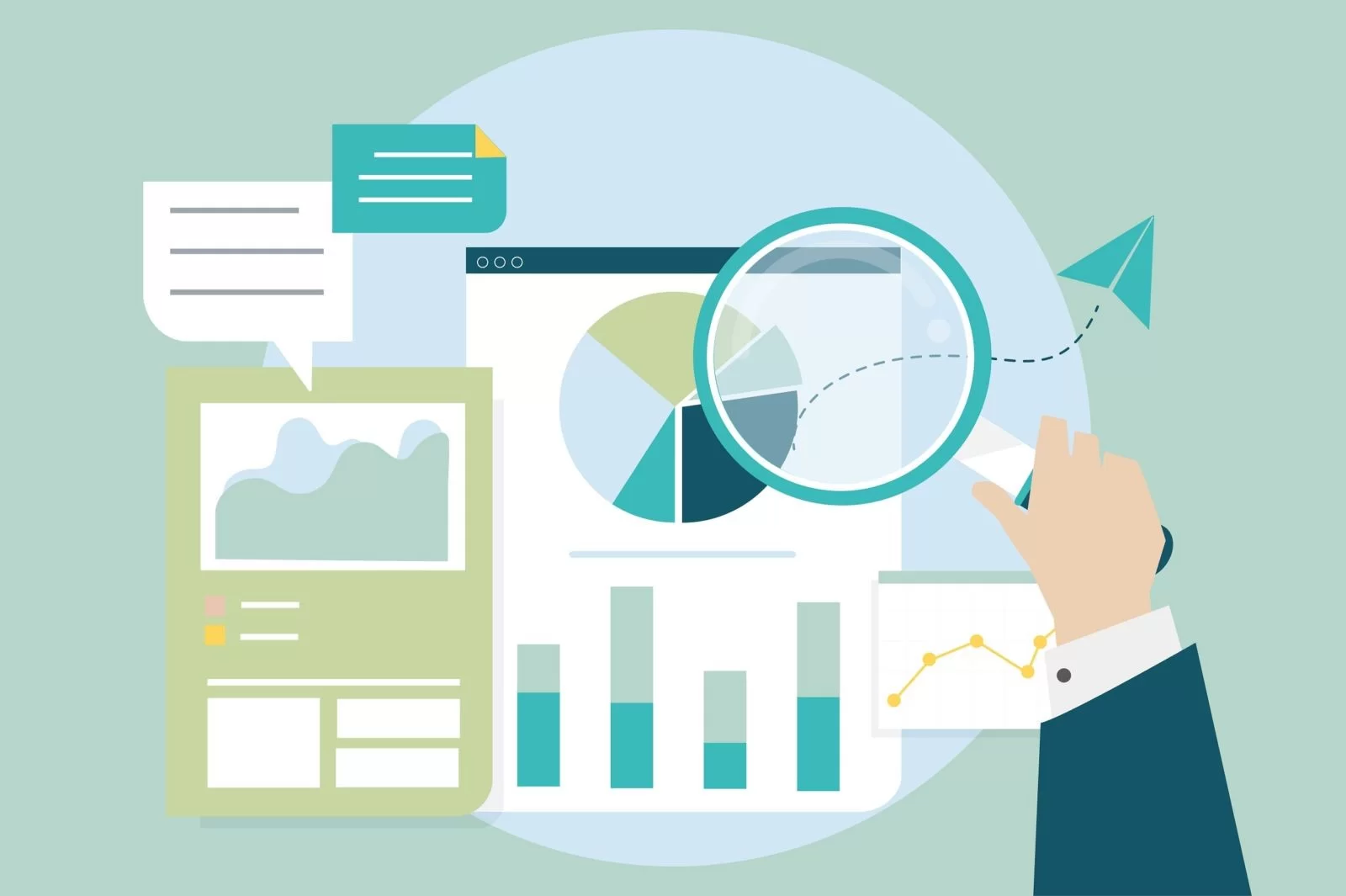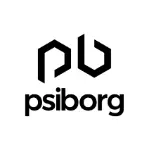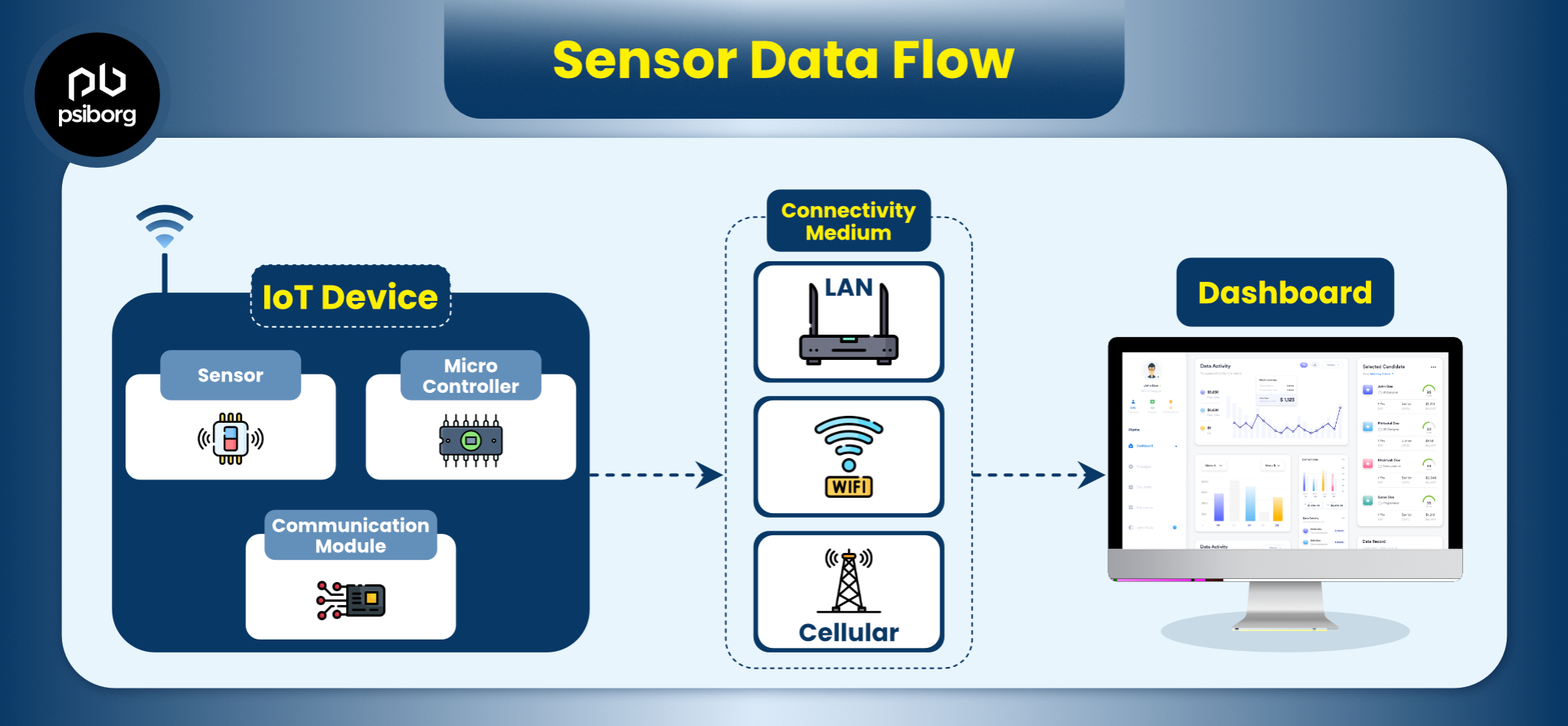The Internet is vast, like the galaxy, and bounding it is next to impossible. Also, the Internet of Things has made the use of the Internet even more boundless. Technology has reached the point where everything is connected via the Internet. The evolution of technology from large supercomputers to chip-sized devices has made it possible to transform normal products such as switches, shoes, pens, etc. into smart devices. Moreover, we can collect data, analyze it, make predictions according to the data collected from these devices, and visualize this data, we need to develop an IoT dashboard.
So, IoT Dashboard is one of the critical elements required to establish the connection between smart devices and living beings. The primary reason to develop an IoT dashboard is to analyze the data collected from smart devices and organize it in a human-readable form. The IoT dashboard allows the user to operate, organize, analyze, and manage information in a more straightforward way from anywhere in the world.

WHAT ARE THE REQUIREMENTS TO DEVELOP AN IOT DASHBOARD?
Before jumping in to build IoT dashboard, it is essential to understand the requirements of a successful IoT dashboard. Six elements are required to build a successful IoT dashboard: data visualization, data organization, data storage, real-time data collection, data analysis, and data security.
DATA VISUALIZATION
According to science, the human brain visualizes things more quickly than reading. A good IoT dashboard should be developed to effectively help visualize every piece of information collected through a device or sensor. The visualized data can be organized more precisely and is easy to understand. Commonly used data visualization tools are line charts, pie charts, bar charts, stats, histograms, gauges, and heat maps.
DATA ORGANISATION
The following primary functionality required in a good IoT dashboard is the ability to organize the visualized data in such a way that it is easy to understand. The data organization should be done so that critical, relevant, and unimportant data can be separated accordingly.
DATA STORAGE
An IoT device can generate unlimited amounts of data. Therefore, an IoT dashboard should be capable of storing the data collected.
REAL-TIME DATA COLLECTION
The primary reason to develop an IoT dashboard for IoT devices is to collect information in real-time. Hence, the collection of data in real-time is another vital requirement of a successful IoT dashboard.
DATA ANALYSIS
Data collected by a smart device is indeed essential, but the bulk data cannot be seen as valuable information. Therefore, an IoT dashboard should be capable of analyzing the data and extracting critical information that can be useful in growth and research.
DATA SECURITY
Data security is one of the biggest concerns faced in the era of technology. To successfully develop an IoT dashboard assures the security of your data completely without a glitch.

DEVELOPING AN IOT DASHBOARD
Perform the following steps to build IoT dashboard:
- Make a list of components that you want to be displayed on the IoT dashboard.
- Analyze data collection and processing.
- Select the protocols.
- Select the type of gateway you will use.
- Create a circular structure that includes devices, variables, alerts, and dashboards.
- Select the device that will be connected to the dashboard. It can be anything capable of collecting information.
- Select the network to which the dashboard and device will be connected.
- Pick a connection type that can be device to device, device to gateway, gateway to data system, or data system.
- After performing the above steps, the next task to be processed is to know the components of an IoT dashboard. These components may refer to the data you want to display on the dashboard. It includes various data types such as status, map, camera data, temperature, date, time, graphics, data analysis graphs, bar charts, logs, different values for different attributes, etc.
- After building the IoT dashboard, all you need to do is connect it to the device, set up your brand logo, customize the front end, and make it responsive.
Following the above steps, you can successfully design, develop, and launch your own IoT dashboard where all the data collected from the connected device will be stored, organized, analyzed, and secured.
We, at PsiBorg, develop customized IoT dashboards along with smart devices as per the client’s requirements.
Also Read:- IOT DASHBOARD DESIGN: WHAT DO YOU NEED TO KNOW?
FAQ
The IoT Dashboard is an essential part of an IoT ecosystem. To build IoT Dashboard, 3 components are a must-have. These 3 components are a visualization tool, a data processing engine, and multi-tenancy.
IoT technology is diverse and surrounded by different platforms, protocols, and programming languages. Some widely used programming languages are C and C++ for gateways and IoT dashboards and Java and Python for the cloud. However, we advise you to choose a language that has extensive support, frameworks, and libraries for specific technologies. The most important things to look out for are reliability and performance.
There are several benefits to an IoT dashboard; but an IoT dashboard has some challenges as well, like data generalization, tool limitations, human factors, and some design issues.
All dashboards have some anomalies, as the data is never self-explanatory, so the focus points of the people reading the data can vary. These challenges may seem a little obstructive, but you can overcome them by choosing a reliable IoT partner.






